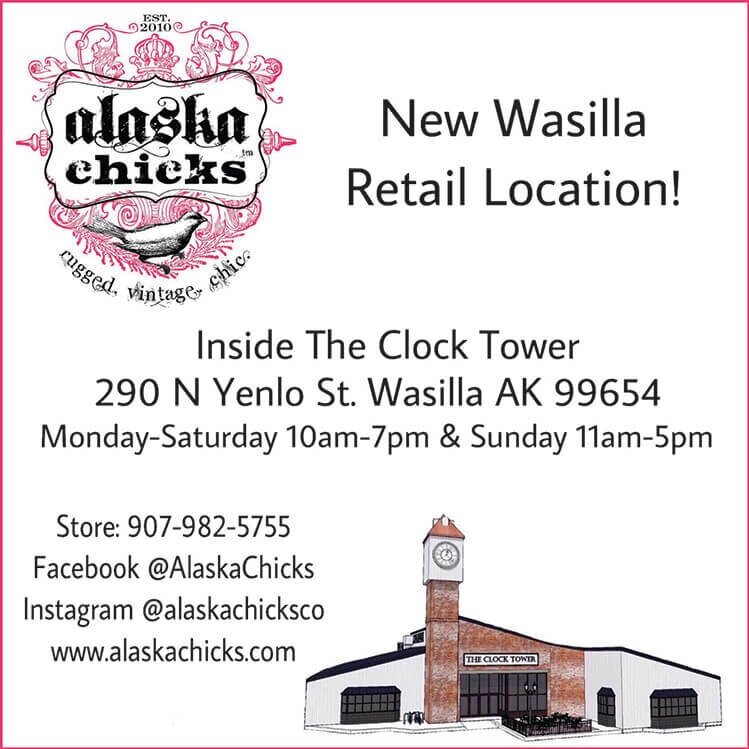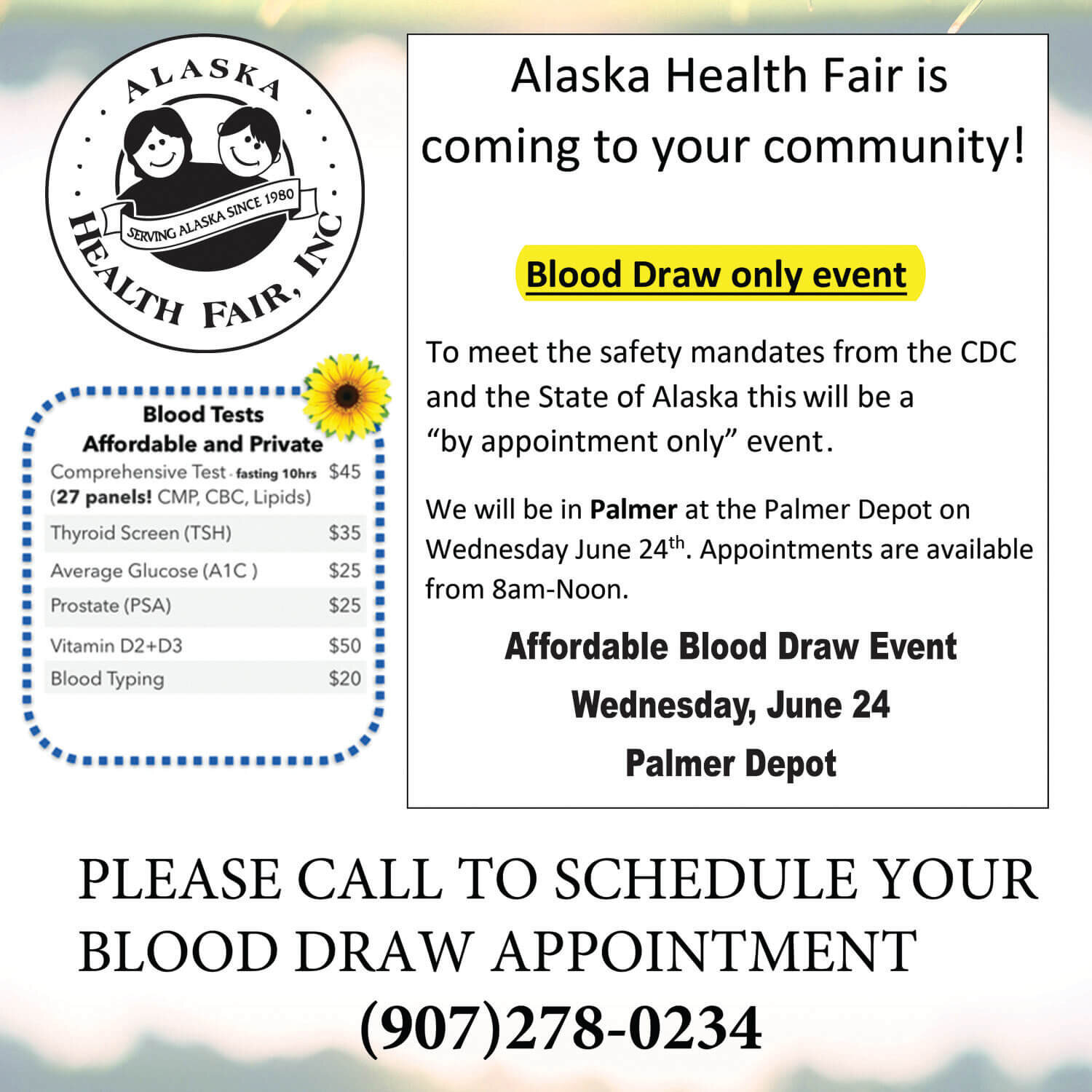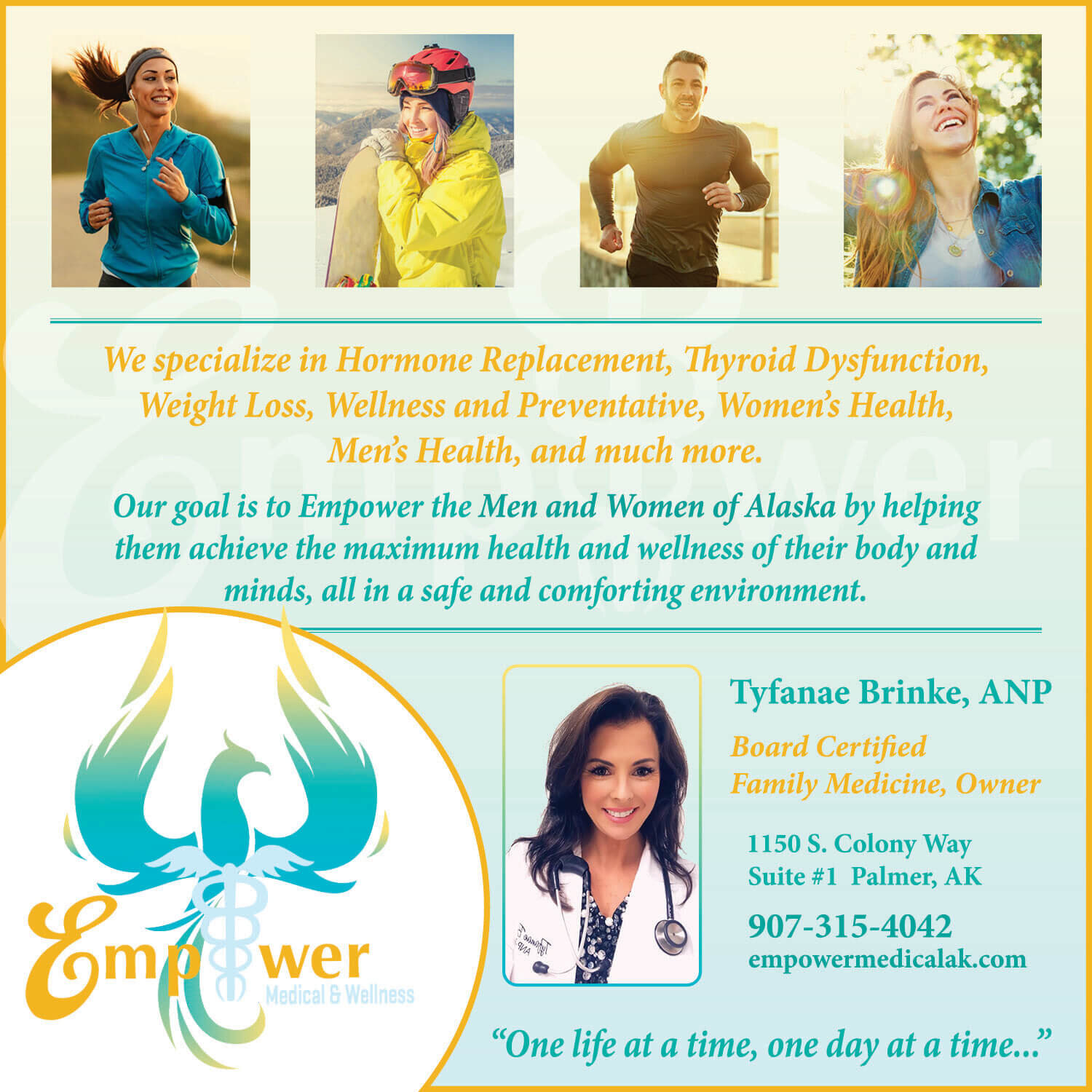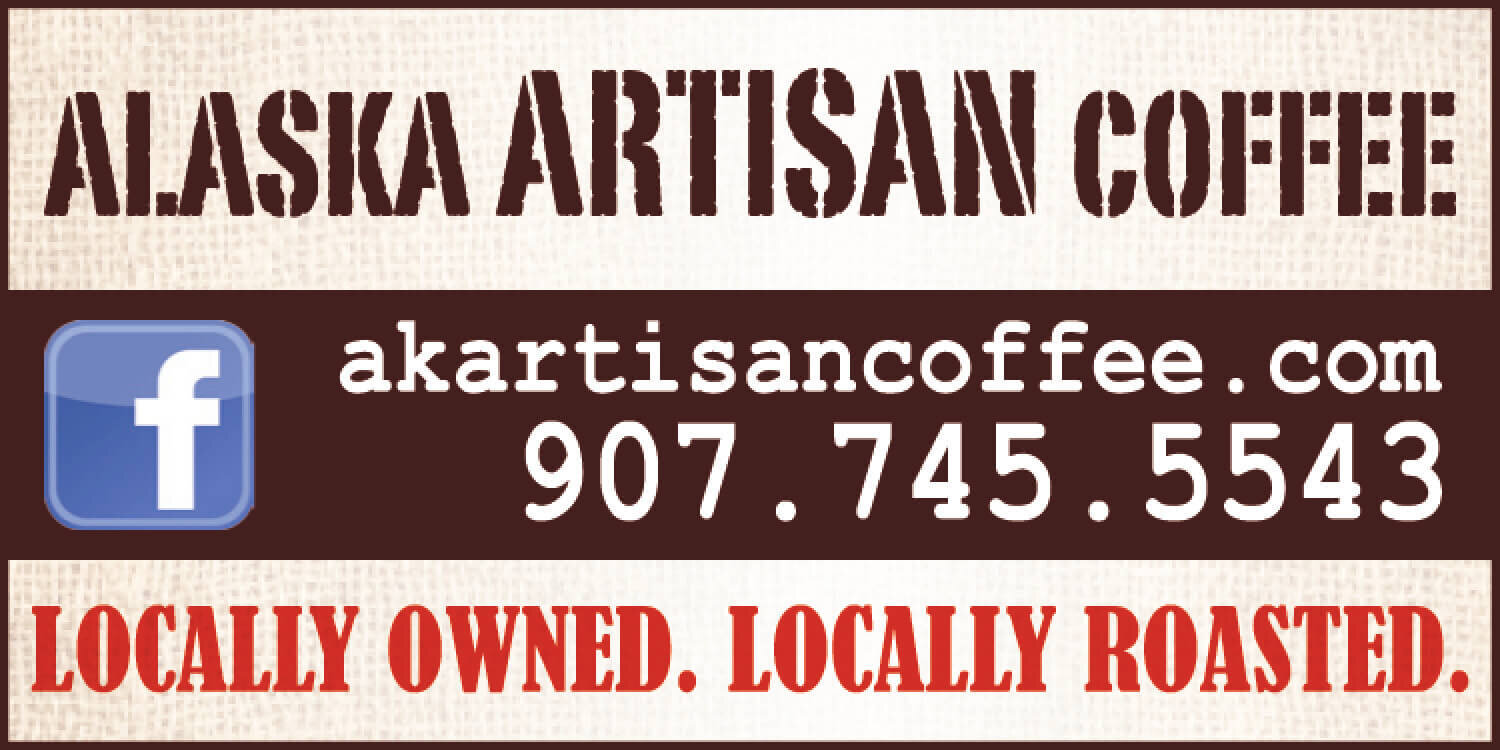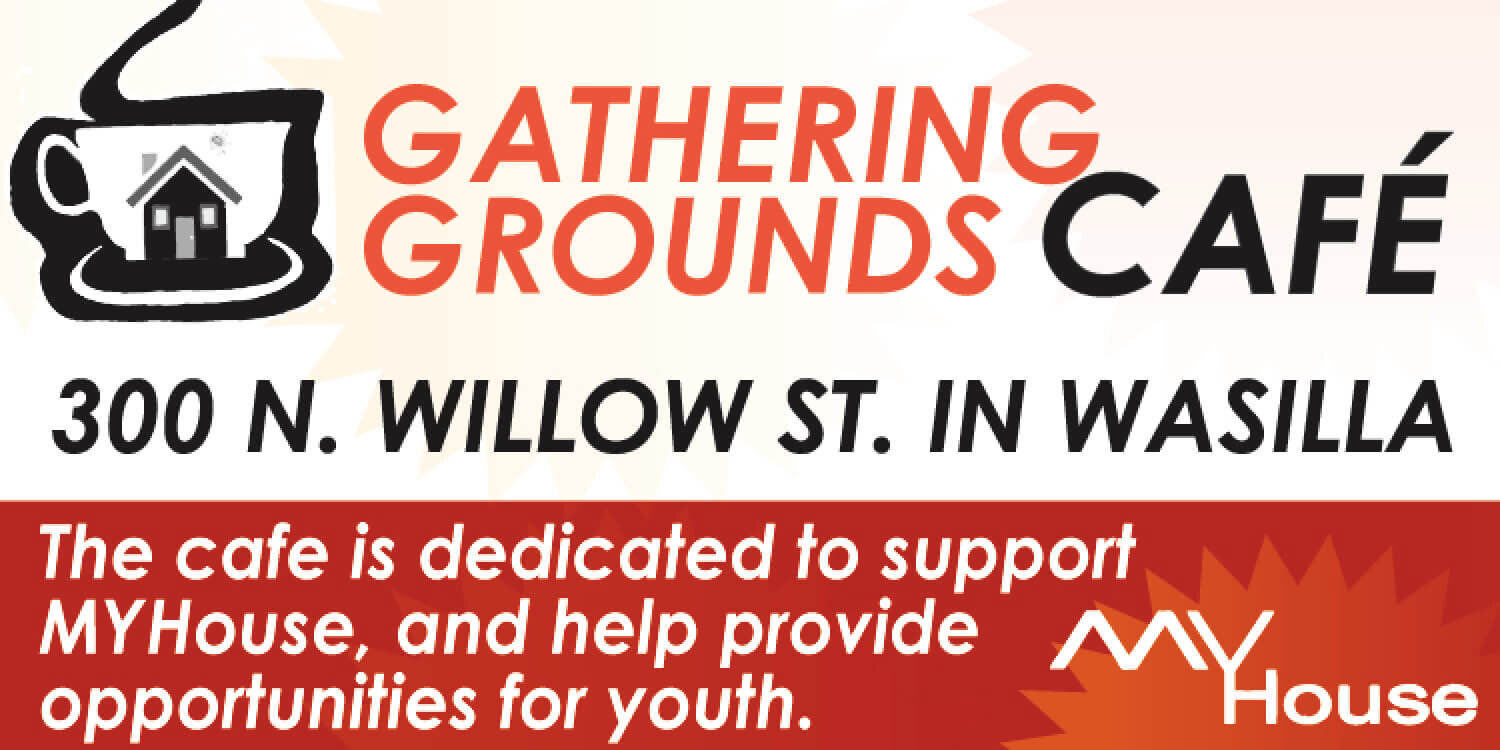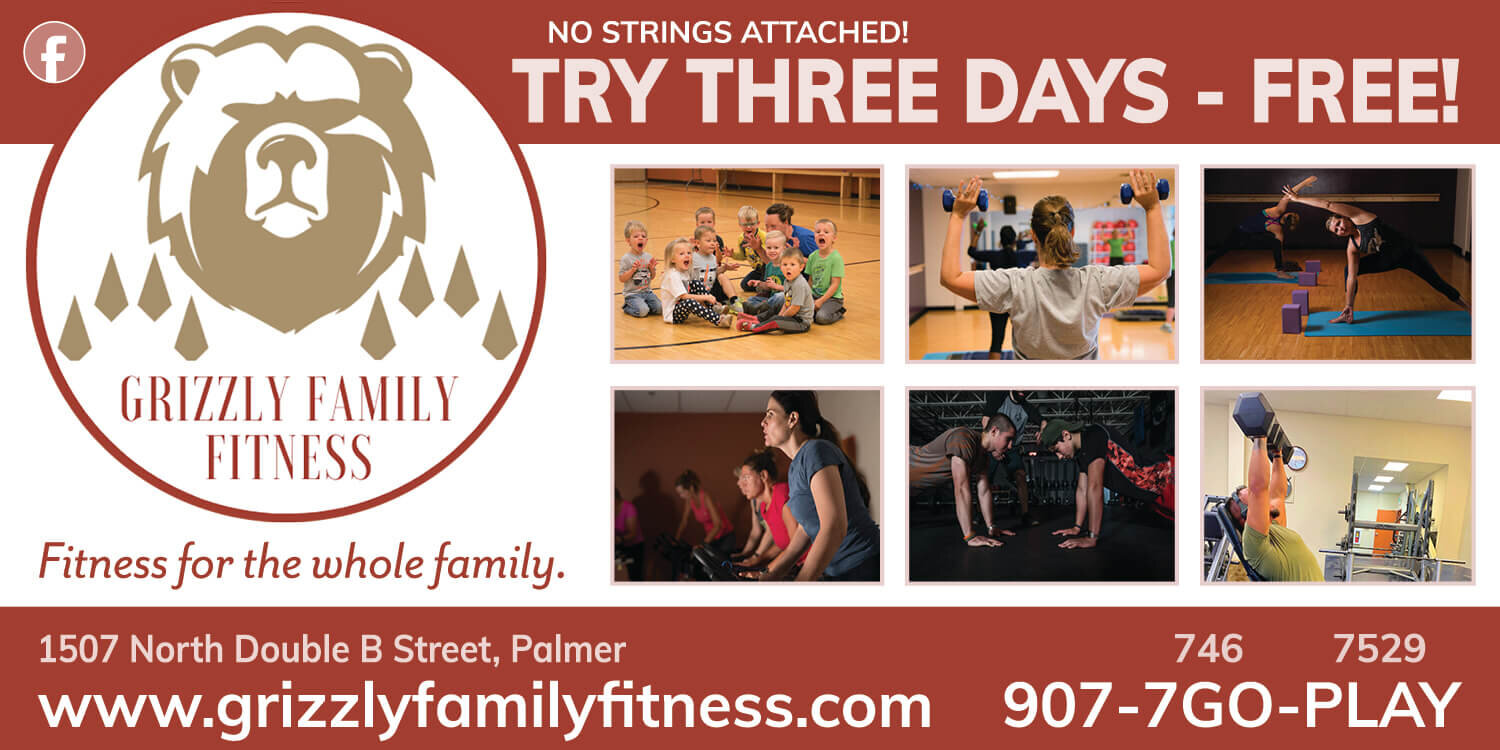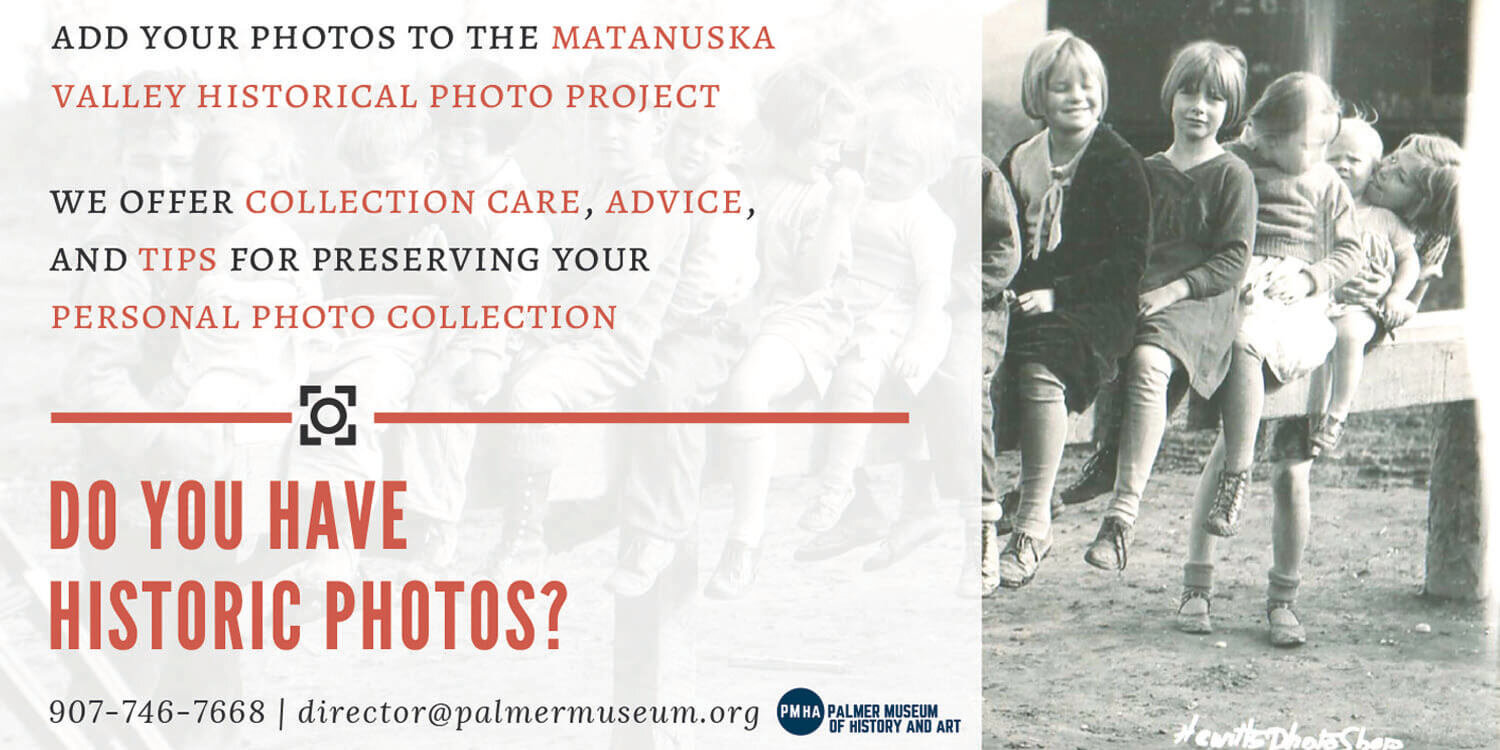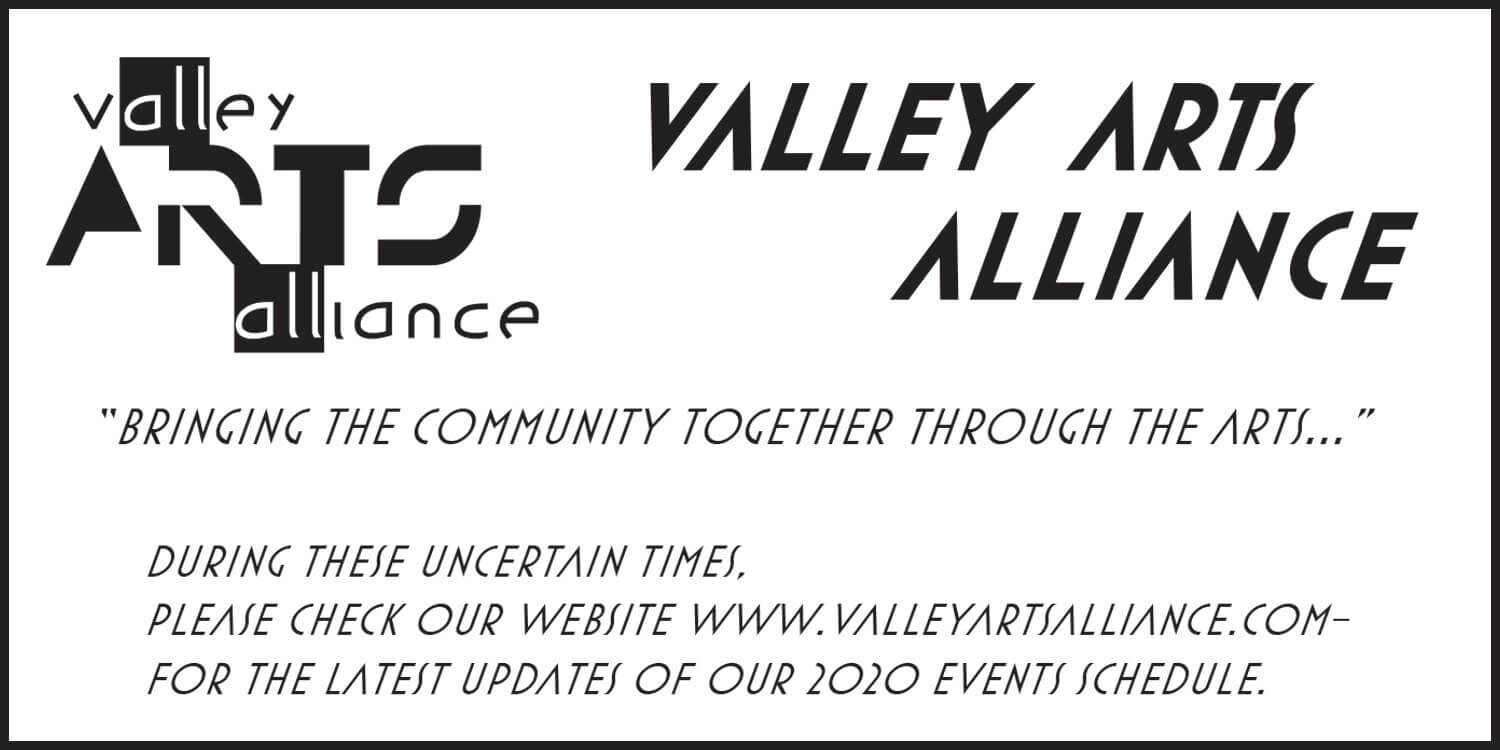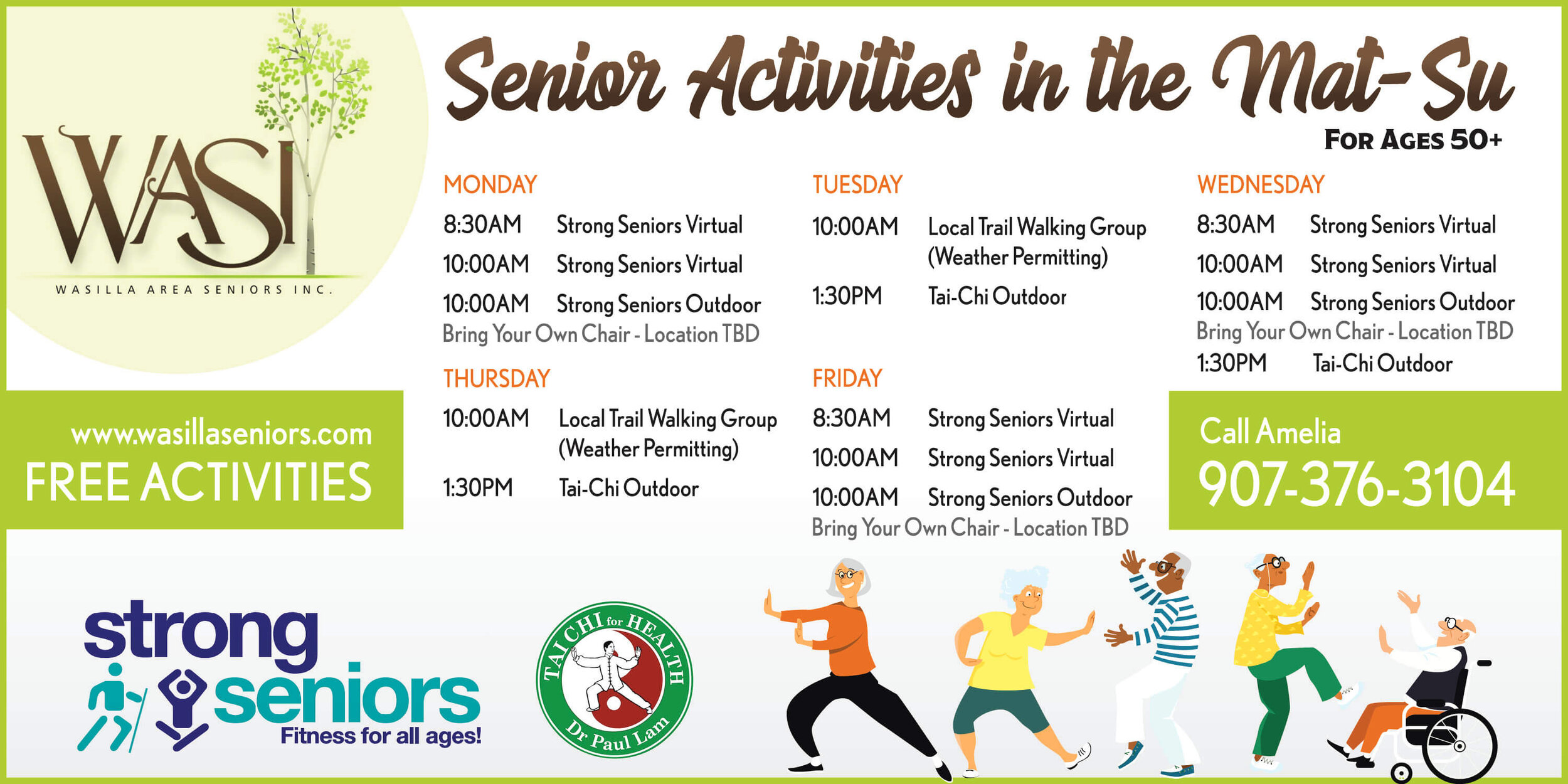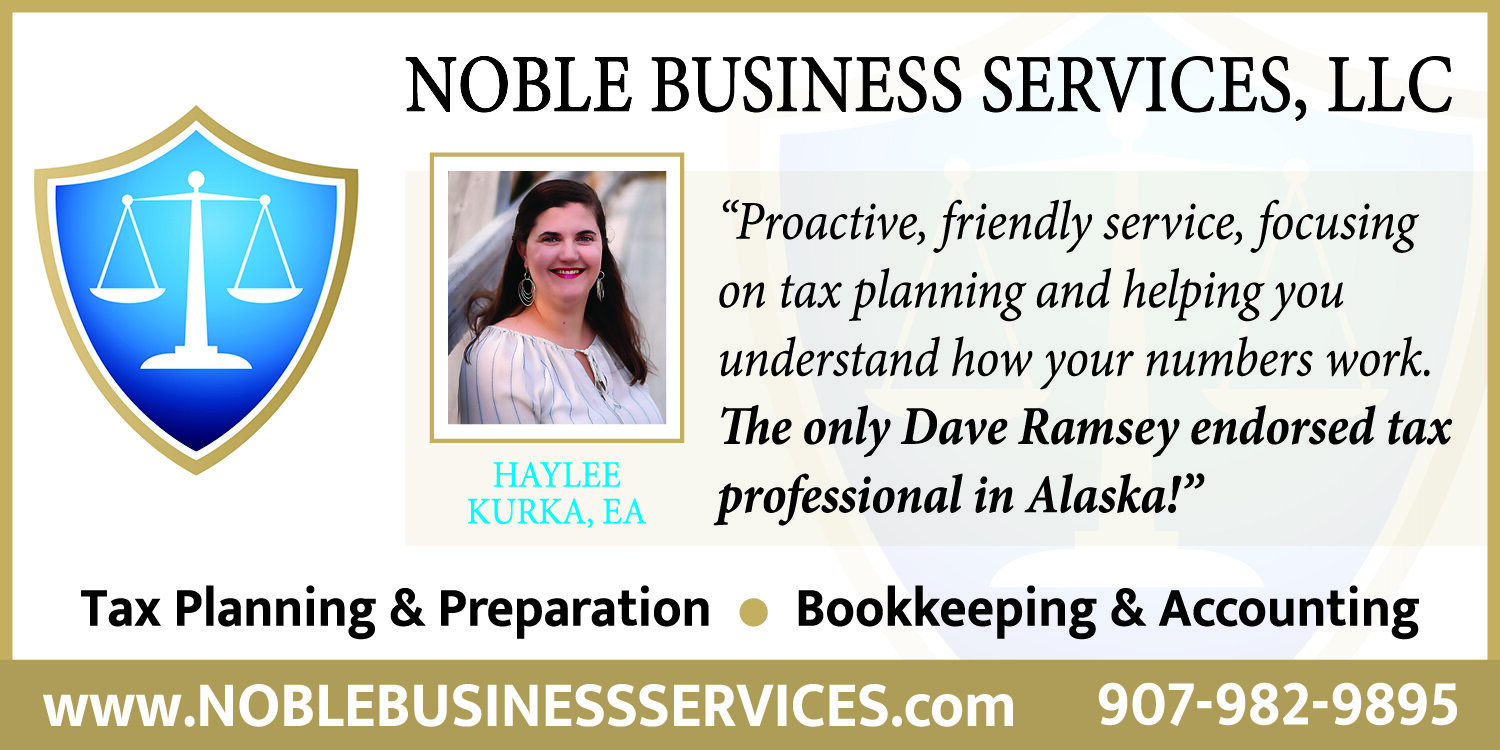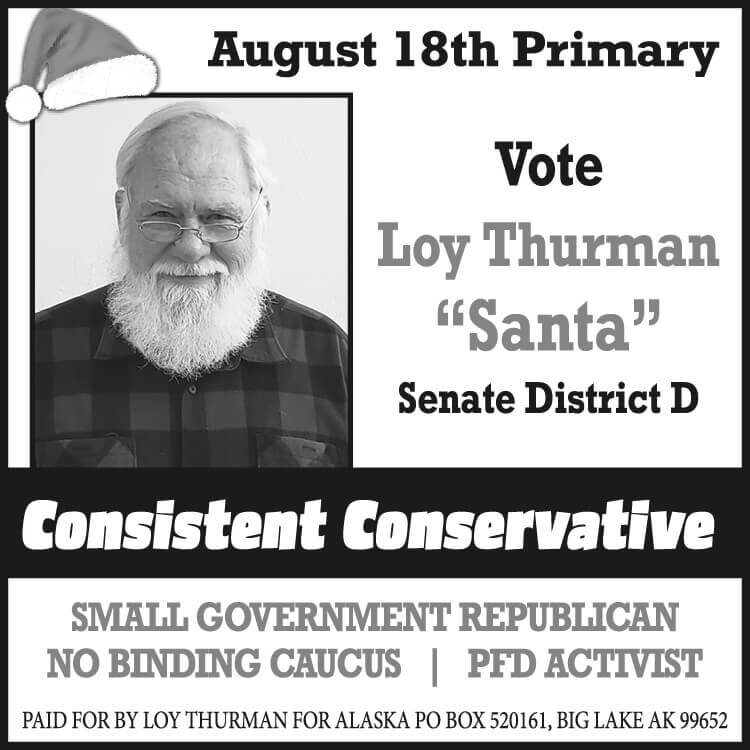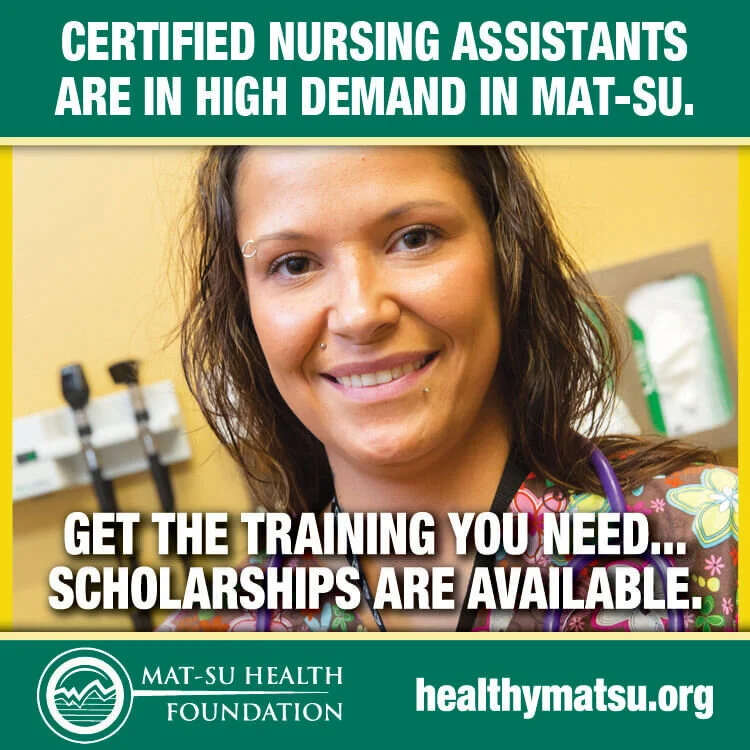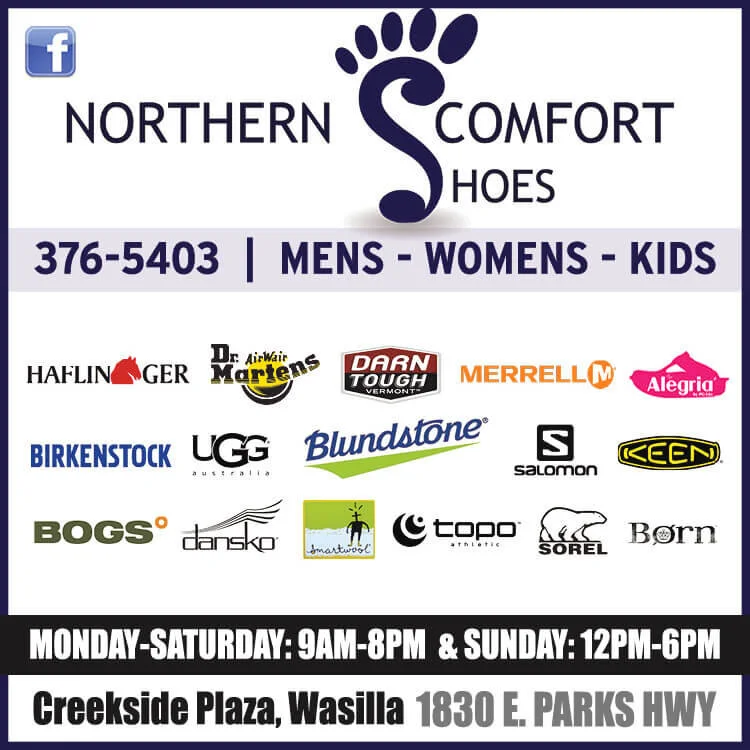Contributed by Eddie Ezelle
“The words ‘working poor’ ought to be an oxymoron. The idea that you can work full time and still be poor in this society is a real crime,” says Roger Weisberg, filmmaker of the PBS documentary, Waging a Living.
This phrase “working poor” is used more and more to describe a situation in which a family works one or more jobs and still cannot get ahead. They are employed, but poverty is a daily struggle. The 2010 US Census Bureau counts 21 million Americans as “working poor”.
The ever-increasing cost of living has outpaced the working poor’s income. The cost of living has gone up 67% since 1990, while the minimum wage has increased only 21%. (2010 US Census Bureau). Have we moved the needle in a good way? Comparing the census information I could, we ranked 39th in 2010 for food and housing, in 2014 we only rose to 38th with inflation, we were 48th in 2010 and 49th in 2014.
As we increase in population and jobs, we also increase in families looking for jobs and needing help to stay ahead. Our only seeming indicator that we are moving forward is in the fact that the numbers are very close over the four-year period exampled.
Here in Alaska, a large portion of our food clients are working poor. The Hunger Study in 2010 said approximately 45% of Alaskan food pantry clients had at least one adult working in their household. As Paul Watson, Food Stamp Outreach Coordinator for the Alaska Food Coalition in 2010 said, “A majority of new clients are employed. A lot of these are two-earner families with no benefits. They are working hard, but not making it. It’s the American Dream shattered: work hard, but don’t succeed.”
You may wonder why I quote from a 2010 census. It is because it is still, if not more, relevant today in 2017. This is a scary thought. We are one of, if not the wealthiest, nations in the world and we have so many Americans (read Alaskans) in this situation.
Today, 1 in 3 children living in the Mat Su are considered living in poverty. That’s enough kids to fill the Curtis Menard Center 1 ½ times. It is why we have the Food4Kids program working hard to supply good, wholesome food to children in our own backyard. At the MatSu Food Bank, we are committed to working toward a day when no child goes hungry.
In the last few years, we have helped supply other agencies with 243,000 lbs. of food. Some has gone to Fairbanks and Kenai in cooperation with those food banks. We work with farmers, cooperative extensions, churches, civic groups along with many others and individuals such as you.
Any food collected by us is transported and stored by the MatSu Food Bank here in the Valley, and shared with other agencies free of any charges or fees. It’s one reason we ask for your support.
In this time of tighter economics, it is especially difficult for our working poor. And please don’t forget to Pick.Click.Give. or visit us at www.matsufoodbank.org.

